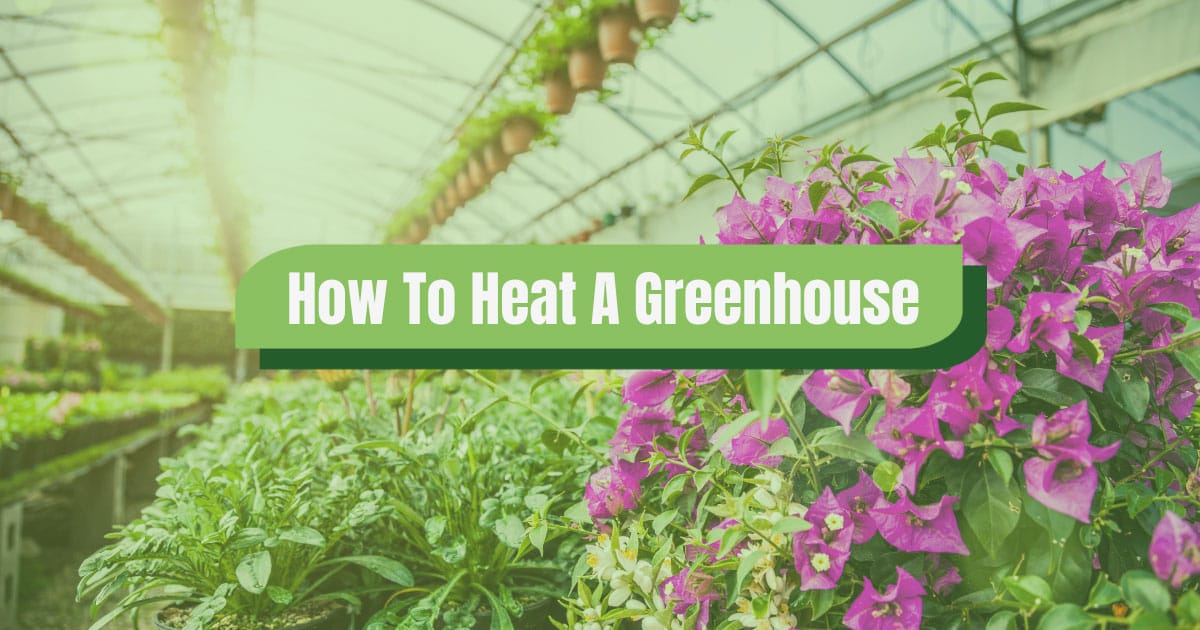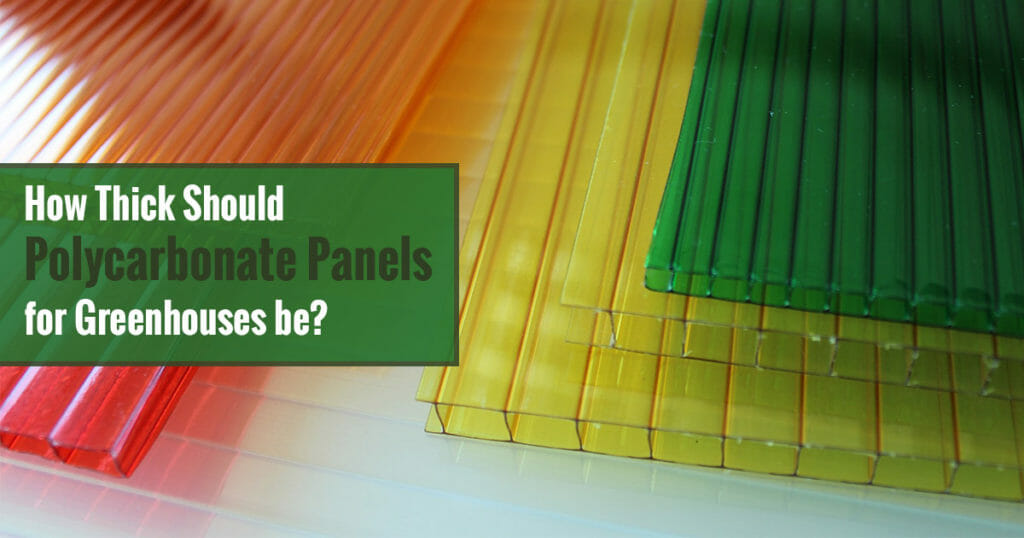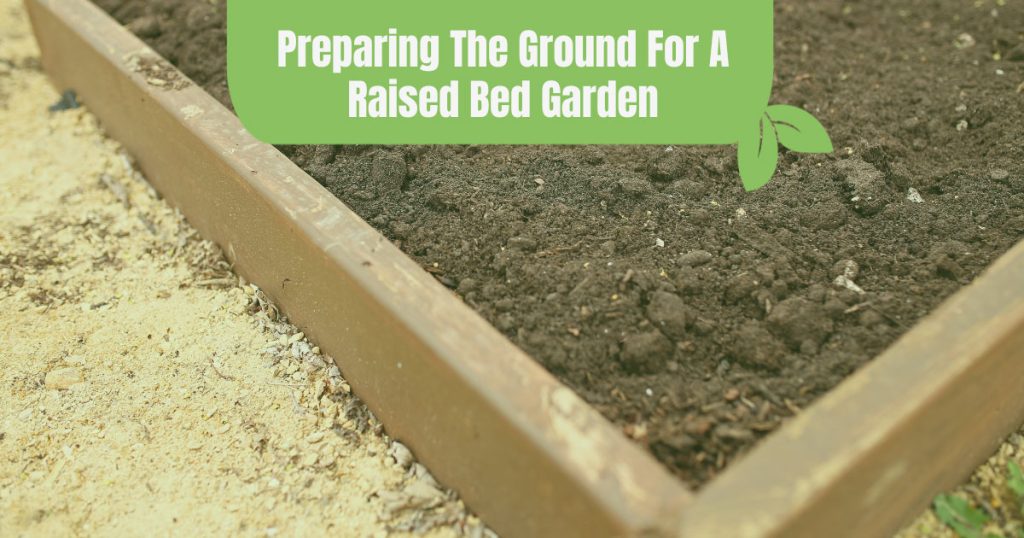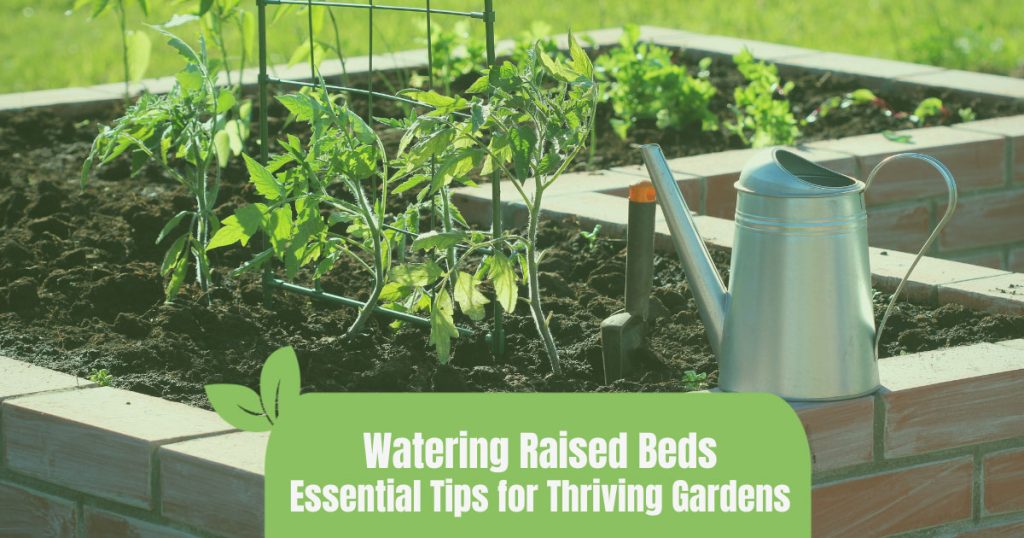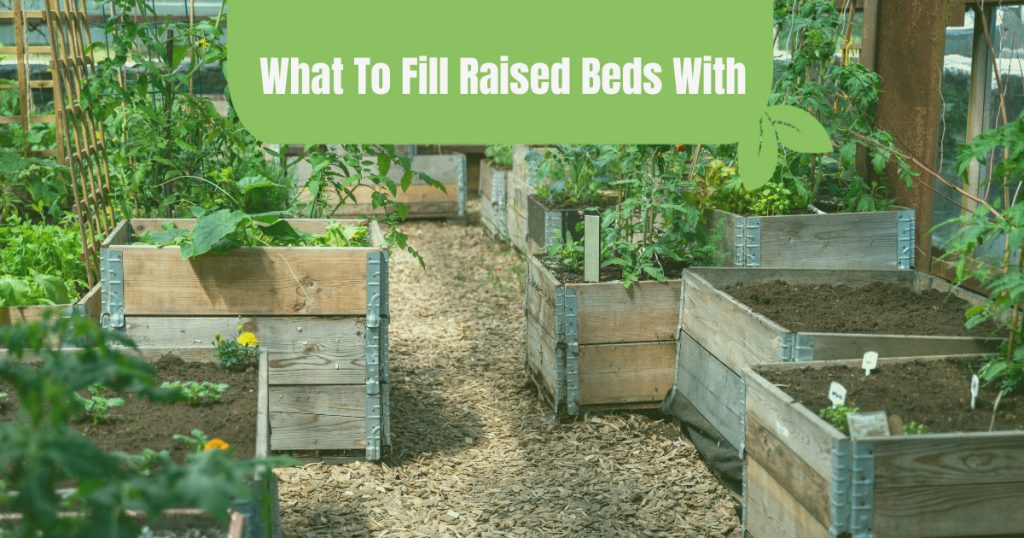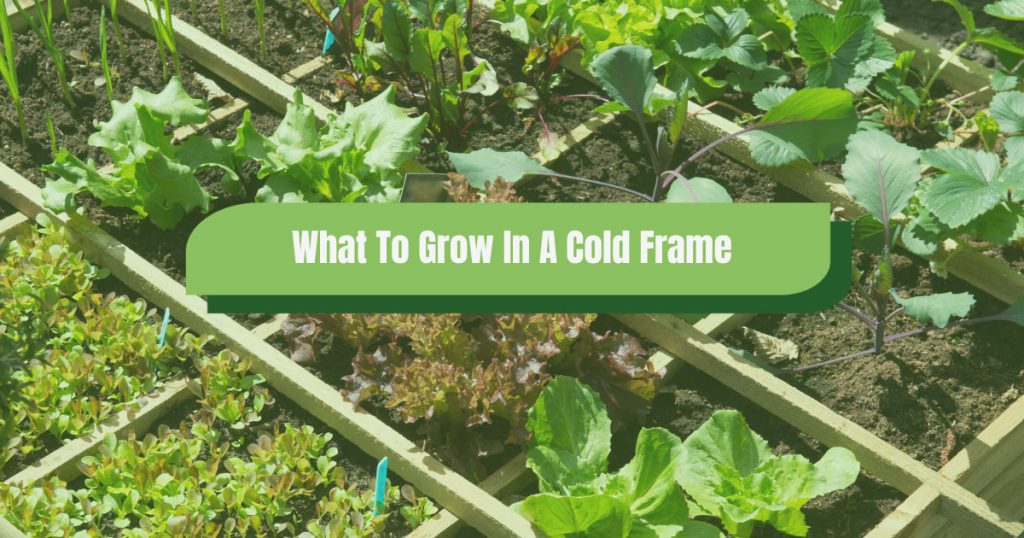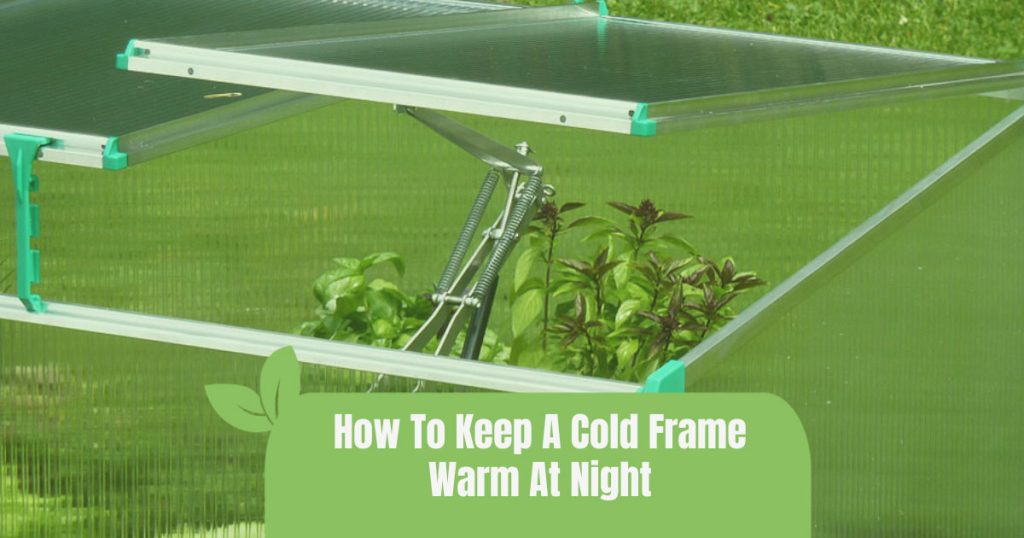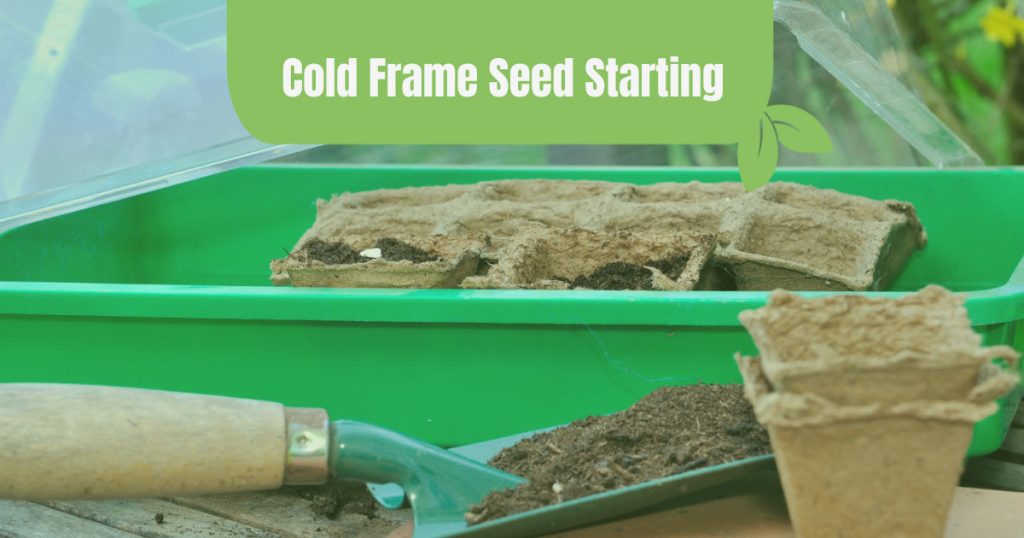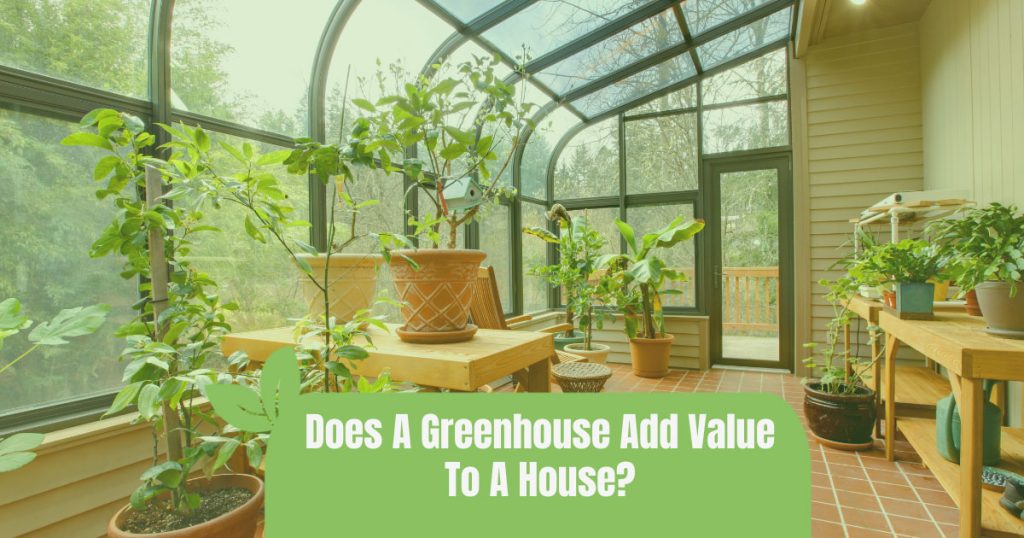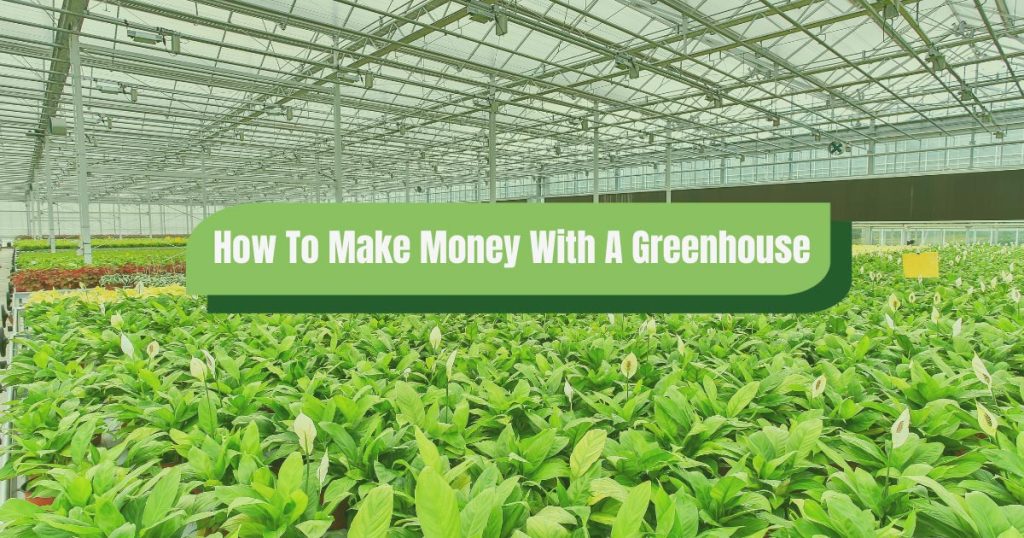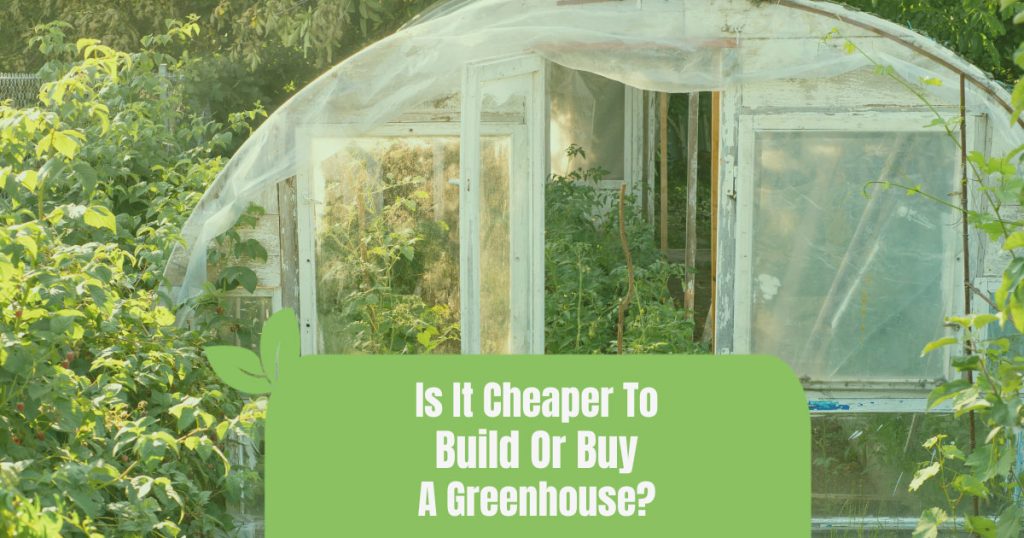As winter approaches, understanding how to heat a greenhouse becomes crucial. At Greenhouse Emporium, we’ve spent years researching and testing the best methods to keep your plants warm. In this article, we’ll delve into various greenhouse heating techniques, weighing their pros and cons, to help you make an informed decision.
From solar to geothermal solutions, we aim to provide a comprehensive guide tailored to every gardener’s needs. Let’s ensure your plants thrive, no matter the weather outside. And if you’re looking for a heater for your greenhouse, be sure to check out the BioGreen Palma Greenhouse Heater.
Heating a Greenhouse
Passive solar heating
Harnessing the sun’s energy is the cornerstone of passive solar heating. By strategically positioning your greenhouse to receive maximum sunlight and using materials that absorb and retain heat, you can create a warm environment for your plants.
Additionally, using thermal mass objects, such as water containers or stone floors, can store heat during the day and release it slowly at night, maintaining a consistent temperature.
Clean panels and proper insulation are crucial for this method. Dirty or foggy panels can significantly reduce the amount of sunlight entering the greenhouse, while insulation helps in retaining the heat. While it’s a natural and cost-effective method, its efficiency is highly dependent on sunny days, making it more suitable for regions with abundant sunlight.
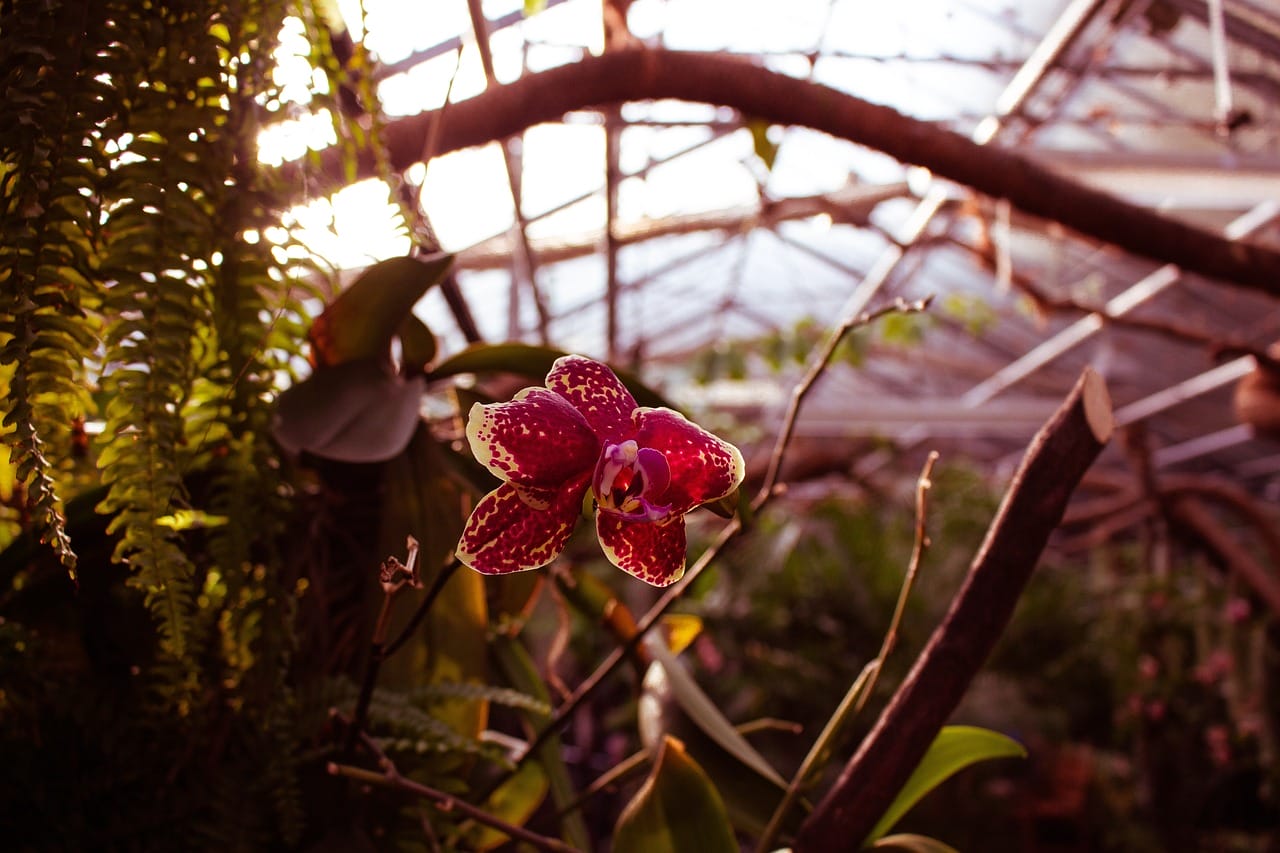
From our experience, whether you’re heating a small greenhouse or a larger one, this is probably the cheapest way to heat a greenhouse. If you do opt for this method, though, it’s important to make sure you’re not using a greenhouse without direct sunlight.
Pros
- No ongoing costs
- Environmentally friendly
- Utilizes natural sunlight
Cons
- Dependent on sunny days
- May require additional insulation
Solar heating
Solar heating takes the concept of harnessing the sun’s energy a step further. By installing photovoltaic (PV) solar panels on or near your greenhouse, you can convert sunlight into electricity. This electricity can then be used to power heaters, fans, and other essential equipment, ensuring a warm environment for your plants.
While the initial cost for the panels can be substantial, the long-term savings are undeniable. Over time, as you save on electricity bills, the panels pay for themselves. Moreover, with advancements in solar technology, the efficiency and storage capacity of these panels have improved, making them a reliable heating source even during less sunny periods.
If you decide that this method is for you, be sure to check out our guide on how to heat a greenhouse with solar panels.
Pros
- Reduces electricity bills
- Sustainable and eco-friendly
- Can be combined with battery storage for nighttime use
Cons
- High initial investment
- Efficiency varies based on location and season
- Requires space and proper positioning
Geothermal heating
By leveraging the earth’s consistent underground temperature, this method provides a stable heating source. Tubes are buried below the ground, and as air or fluid circulates through them, they get heated by the earth’s natural warmth before being released into the greenhouse.

The upfront investment for geothermal heating can be significant, considering the excavation and installation costs. However, the operational costs are minimal, and the system requires little to no maintenance once set up.
After trying it ourselves, we’ve found that it’s a sustainable method that offers consistent heat generation, making it a worthy consideration for serious gardeners. It’s also a great way of heating a greenhouse without electricity.
If electricity is your concern, be sure to learn how to cool a greenhouse without electricity as well.
Pros
- Stable and consistent heating
- Low operational costs
- Environmentally friendly
Cons
- Expensive and complex installation
- Requires significant ground excavation
- Not suitable for all terrains
Forced air heating
For those unexpected cold snaps, forced air heaters come to the rescue. These heaters, equipped with fans, circulate warm air throughout the greenhouse, ensuring an even distribution of heat. By heating up electric coils or using other heating elements, they quickly raise the internal temperature, providing immediate relief from the cold.
While they are efficient, there are considerations to keep in mind. Forced air heaters can dry out the air, which might affect plant health. It’s essential to monitor humidity levels and possibly integrate a humidifier. Additionally, while they can be powered by various sources, including solar, the electricity costs can add up if used continuously.
Pros
- Rapid heating capability
- Suitable for large greenhouses
- Can be combined with thermostats for temperature control
Cons
- Can dry out the air, affecting plant health
- Electricity costs can be significant
- Requires regular maintenance
Infrared heating
Infrared heaters offer a unique approach to heating. Instead of warming the air, they emit infrared radiation that directly heats objects and plants within the greenhouse. This direct heating method ensures that the warmth is felt immediately and is distributed evenly across the space.
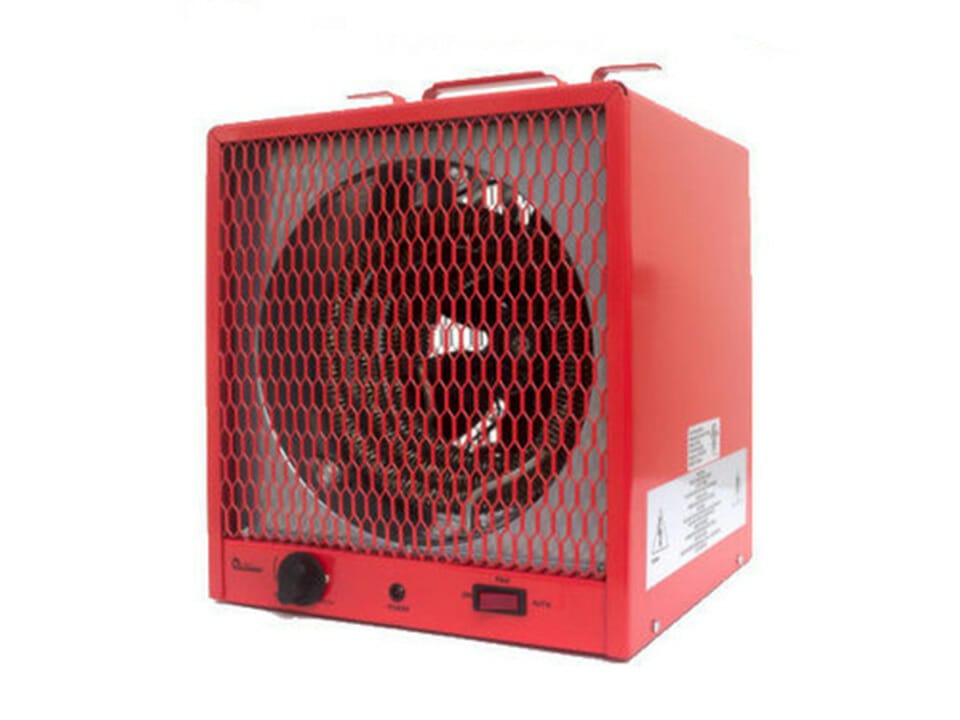
While they are energy-efficient and can lead to significant fuel cost savings, choosing the right infrared heater is crucial. We highly recommend the Dr. Infrared Industrial Heater.
Pros
- Energy-efficient
- Directly heats plants and surfaces
- Quick heat-up time
Cons
- Higher initial cost
- Requires careful lamp selection
- Might not warm air, affecting overall greenhouse temperature
Bubble wrap insulation
Bubble wrap, a common packing material, can be repurposed as an effective insulator for greenhouses. When attached to the inside of the greenhouse, the trapped air within the bubbles provides an insulation layer, reducing heat loss and ensuring a warmer environment for the plants.
While bubble wrap is cost-effective and easy to install, it does come with some limitations. Over time, UV rays can degrade the material, reducing its efficiency. Additionally, while it allows light to pass through, the intensity might be reduced, which could affect plant growth. However, for temporary or seasonal insulation needs, bubble wrap is a handy solution.
If you’re going the insulation route, more comprehensive insulation is also a good idea.
Pros
- Cost-effective
- Easy to install and remove
- Allows light transmission
Cons
- Reduces light intensity
- Can degrade over time
- Not as effective as professional insulation materials
Compost heating
Compost heating is a natural method that capitalizes on the heat produced during the decomposition of organic material and raises your minimum greenhouse temperature.
By setting up a compost pile inside or near the greenhouse kit, the heat generated can be harnessed to warm the environment. As the organic material breaks down, it releases heat, providing a consistent and natural heating source.
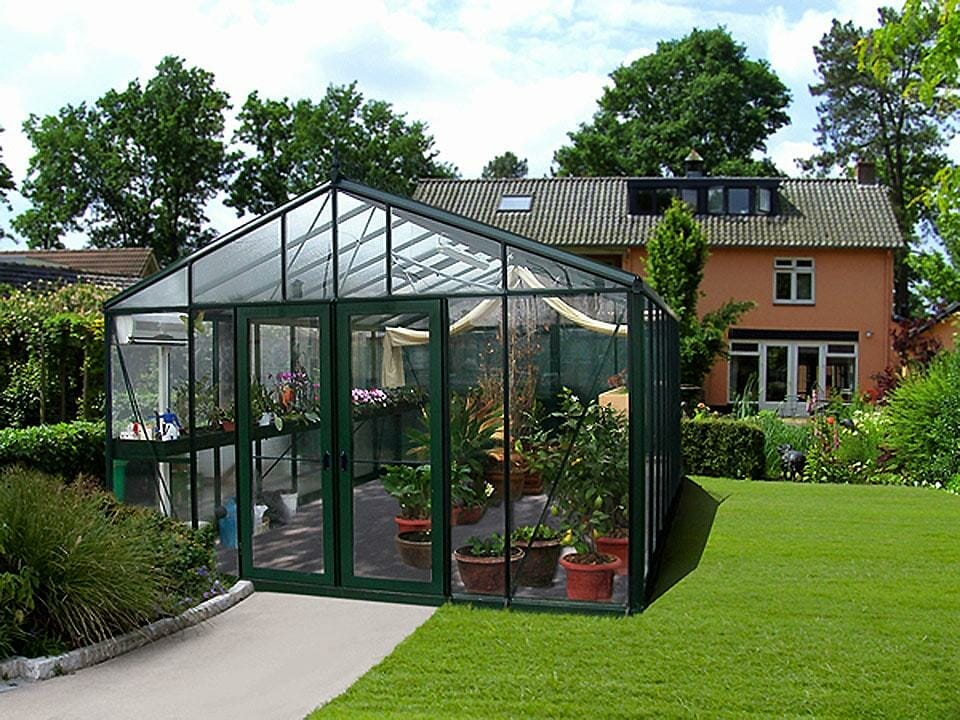
While it’s an eco-friendly method that also produces valuable compost for gardening, it does require regular maintenance to ensure consistent heat generation. The compost pile needs to be turned and managed to maintain the decomposition process. Additionally, the heat generation might vary based on the materials used and the stage of decomposition.
Pros
- Dual benefit: heat generation and compost production
- Eco-friendly
- Low-cost
Cons
- Requires regular maintenance
- Heat generation can be inconsistent
- Takes up space inside or near the greenhouse
Gas heaters
Gas heaters are a traditional heating method that burns fuel to produce heat. These heaters are powerful and can quickly raise the temperature within the greenhouse, making them suitable for larger spaces or extremely cold conditions. They often come equipped with thermostats, allowing for precise temperature control.
That being said, you will need to take the cost of fuel into account when weighing up this option. Proper ventilation is essential when using these heaters to prevent the buildup of harmful gases. From our experience, regular maintenance is also required to ensure they operate efficiently and safely.
Be sure to use a greenhouse heater calculator before deciding on your choice of heater.
Pros
- Powerful heating capability
- Suitable for large spaces
- Can be thermostatically controlled
Cons
- Fuel costs can add up
- Requires proper ventilation to prevent harmful gas buildup

